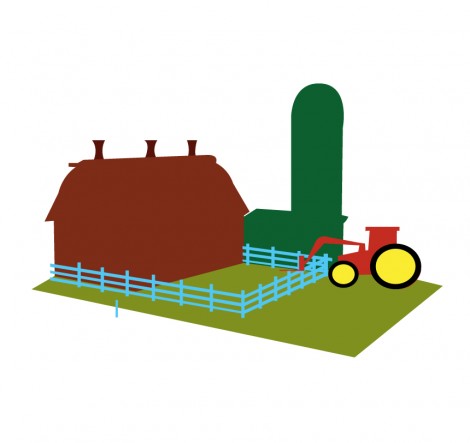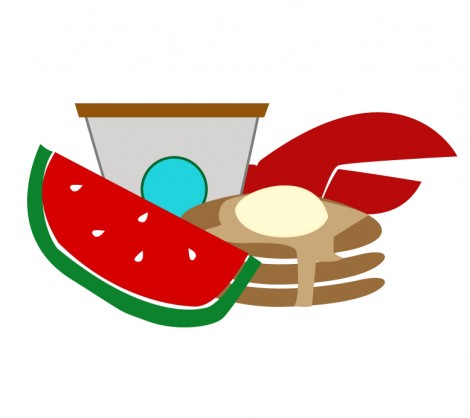Cities have always depended on food. The development of the first major urban areas, which occurred in the near East about 10,000 years ago, coincided with the development of grain farming.
Fast-forward to the industrial revolution and its less well-know cousin, the agricultural revolution. Advances in farming methods produced greater yields and less demand for manual labour on farms. These surplus farm labourers found new industrial jobs in growing cities. Urban growth was facilitated both by the increased food production and by new technologies, such as railways, which could bring enough food into cities to feed their increasing populations. Further advances in agricultural and transport technology — think cars, trucks, and refrigeration — now allow us to feed huge groups of people in geographically improbable location with food from around the world.
And so we’ve arrived at the modern food system, a system that many people now are increasingly worried about. Here’s some food for thought:
FOOD PRODUCTION
- 33 per cent of global greenhouse gas production comes from the production and transport of food.
- Agriculture accounts for 75 per cent of the world’s fresh water use
- Farming and ranching use 40 per cent of the earth’s land mass.
- Food travels an average of 1500 miles to reach your plate.
MONEY MATTERS
- Fifty years ago, 45–60 per cent of the money consumers spent on food went to farmers
- In the US today, it’s 3.5 per cent.
- A wheat farmer gets as much money from the sale of a loaf of bread commercially as the manufacturer of the packaging.
- Five corporations control 80 per cent of global trade in food.
HOW MUCH WE EAT
- In London, England (with a population of about 7.8 million), 30 million meals are consumed every day.
- This means that Toronto (with a population of roughly 2.6 million) should consume about 10 million meals a day.
- By 2050 twice as many people are expected to be living in cities.
- Half of the food in the US is thrown away.
ORGANIC FOOD
- 1 per cent of America’s agricultural land is organic.
- Sales of organic products make up 4 per cent of the American food market.
- From 1990–2009, sales of organic products increased by 25-fold.





